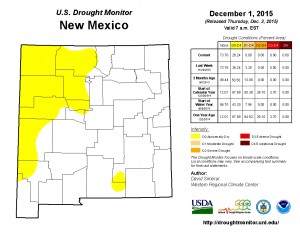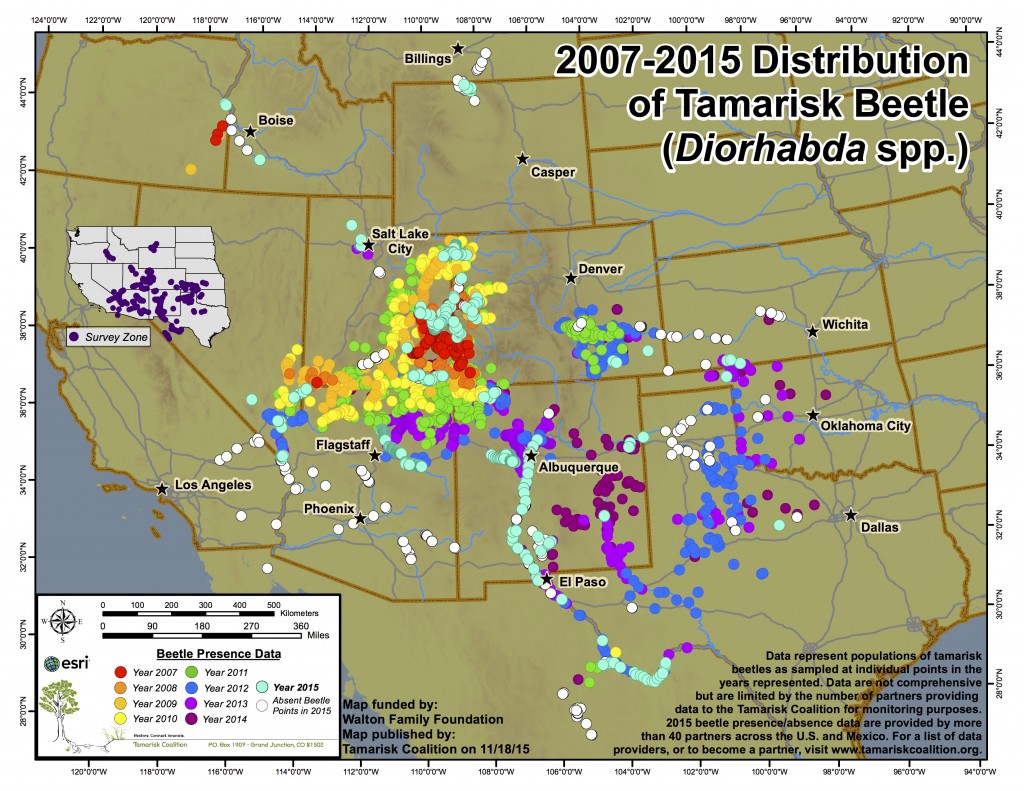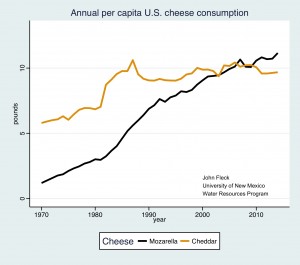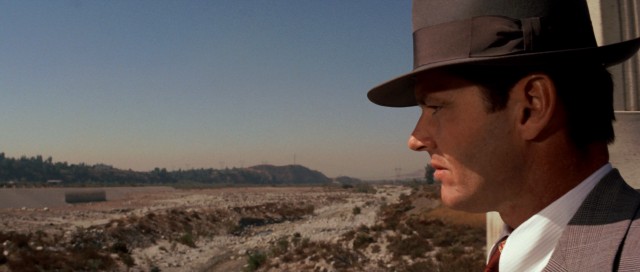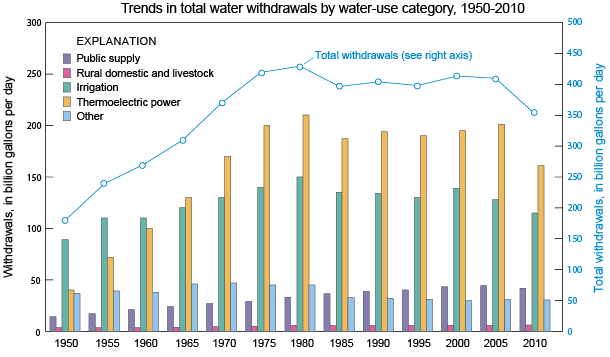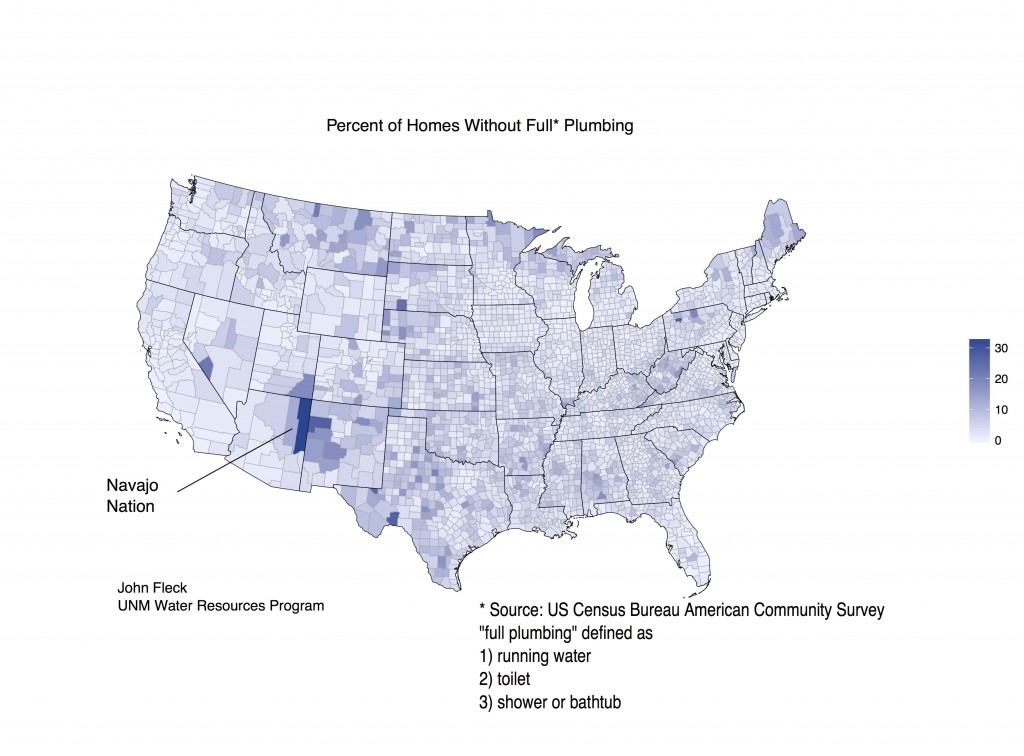I tend to enthusiastically and often uncritically embrace every new water conservation number, as if using less water is an unqualified good. I generally believe that, and you’re going to have a hard time pushing me off that intellectual turf. But there’s a flip side I’m trying to think through. It’s what economists might call the “non-market value” of the green stuff in our cities.
Ben Jones, a recent University of New Mexico economics graduate now doing a postdoc at the University of Oklahoma, presented some data as part of his recent thesis defense about the health and wellbeing values of urban trees. In particular, Ben was looking at the impact of the emerald ash borer, an invasive pest killing trees in the eastern United States. Loss of ash trees comes with a non-market cost that’s difficult but important to measure. There’s a direct health benefit as trees clean air, and a less direct but no less important benefit because green amenities make us happy. That’s why we plant and water stuff around our houses. Ben and UNM economist Shana McDermott* have a paper here that digs into the details. While specific to the eastern ash trees, they’re raising issues that are worth applying to our municipal tree coverage here in the western United States, where we’re in the midst of a vast undirected experiment in using less water in our cities. One result of using less water is having fewer trees. This comes with a cost that I don’t feel as though I’ve properly conceptually matched up against my unbridled enthusiasm for water conservation.
water conservation’s California costs
I was thinking about this hole in my thinking today while reading this Sacramento Bee op-ed by John Woodling, bidding us think about the tradeoffs associated with California’s impressive water use reductions:
These reductions have come at a cost.
Most notably, our trees and landscapes suffered as most water agencies limited irrigation to two days per week or less, even in hot, dry summer months. Our trees are an important environmental resource, a source of tremendous community pride and a gift from one generation to the next. Many of them are showing signs of severe stress, making them susceptible to pests and disease. Some have died or eventually will – a sad legacy that will extend far beyond this current drought.
* By way of full conflict of interest exposure, I recently lectured in one of Shana’s classes, for which she compensated me with a gift card to the Frontier restaurant, which funded a delicious and large burrito on Friday. #universitylife


